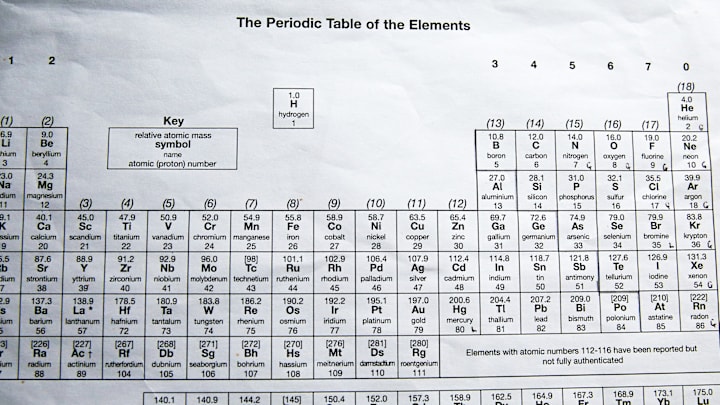Earlier this month I picked up Racing Green by Kit Chapman, which I really enjoyed! So when I was interested in picking up more nonfiction, Chapman's catalog seemed like a great place to start.
Chapman's other book, Superheavy, delves into the periodic table. While that might not sound super interesting or very fact-heavy, Chapman crafts a narrative that makes the audience feel the magic and complexity of science and discovery. However, before going into it, I wish I read the blurb, so my experience could be more informed and streamlined.
Superheavy traces the discovery and synthetization of the heavy elements on the Periodic Table. These are most of the elements with an atomic number over 100. What Chapman does is trace the history, putting the audience directly in the moment to experience this, and couples that with explaining the science behind how and why these happened.
Due to the nature and topic of the book, it does go into historical events that can be hard to read about, as well as can be dense or not always easy to understand the scientific mechanics. There were a few times I frantically texted my friends who studied the subject with questions at 11 PM. Thank you to them for being good sports, by the way.
Despite all of this, I genuinely learned a lot. Throughout the decades, scientists poured their time and energy in the pursuit of discovery, which has shaped the periodic that I studied in my high school chemistry class. The book provides a background to the development of superheavy elements: it tells the stories of the people and places that made it happen. We spend a lot of time at Berkley among other locals, with scientists like Glenn Seaborg and Darleane Hoffman, and even learning about the naming process of elements.
Superheavy ties history and science to explain a branch of science that is fundamental to understanding the world around us.
